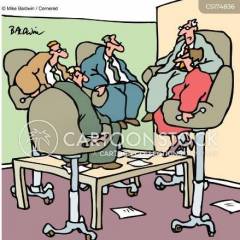IGNORED
What Would a PGA Tour Player Shoot at Your Home Course?
What would a Tour player fire at your home course?
140 members have voted
-
Topics Being Discussed Right Now on The Sand Trap
-
- 8,474 replies
- 383,727 views
-
"5 Minutes Daily" Practice Challenge 1 2 3 4 910
By iacas, in Instruction and Playing Tips
- 5 minutes daily
- dedication
- (and 6 more)
- 16,370 replies
- 1,130,676 views
-
- 2,502 replies
- 274,480 views
-
- 8 replies
- 398 views
-
- 2 replies
- 147 views
-






Recommended Posts
Create an account or sign in to comment
You need to be a member in order to leave a comment
Create an account
Sign up for a new account in our community. It's easy!
Register a new accountSign in
Already have an account? Sign in here.
Sign In Now